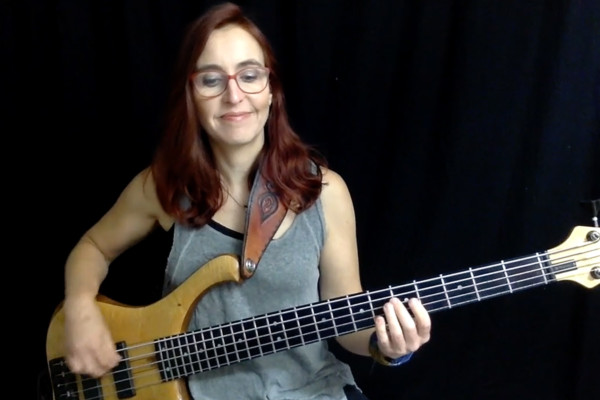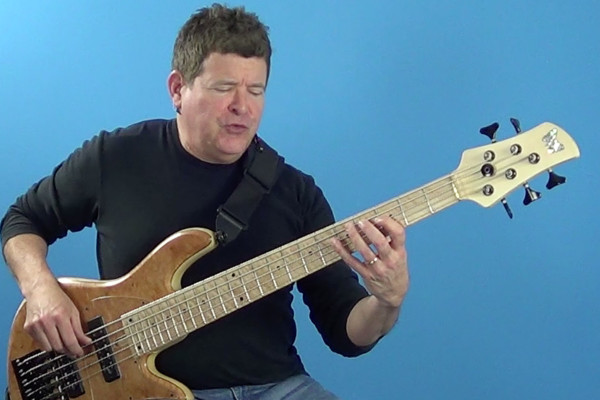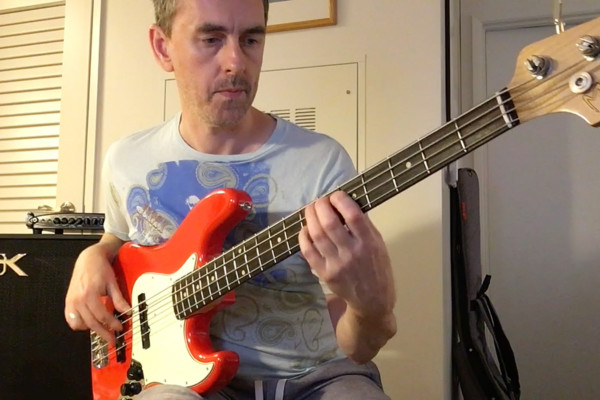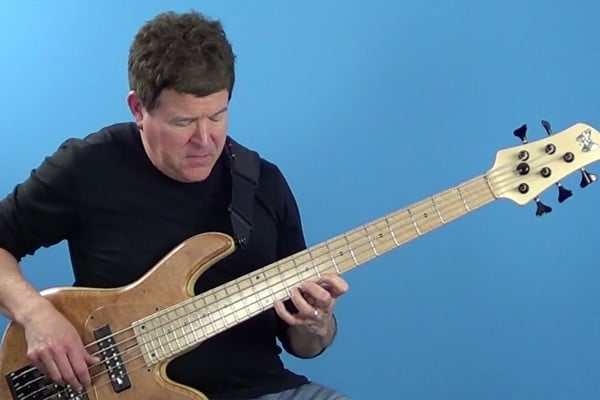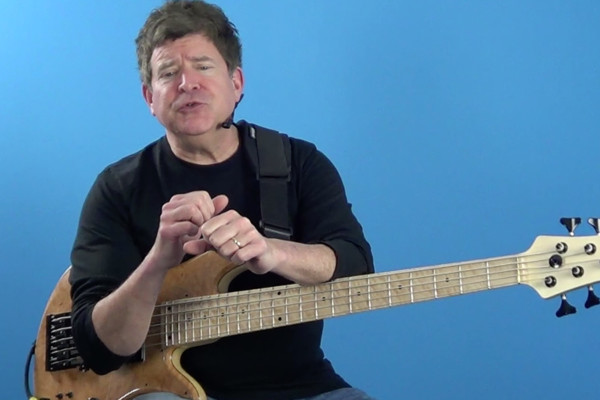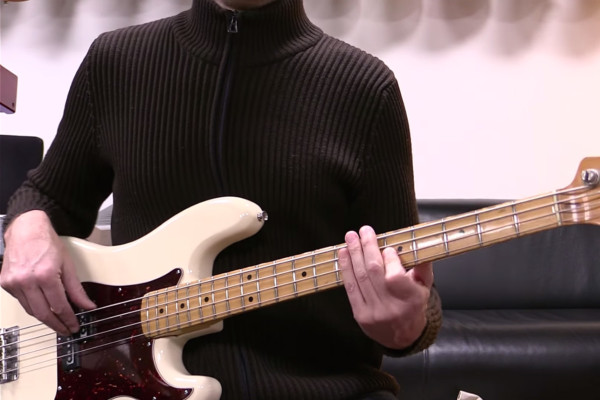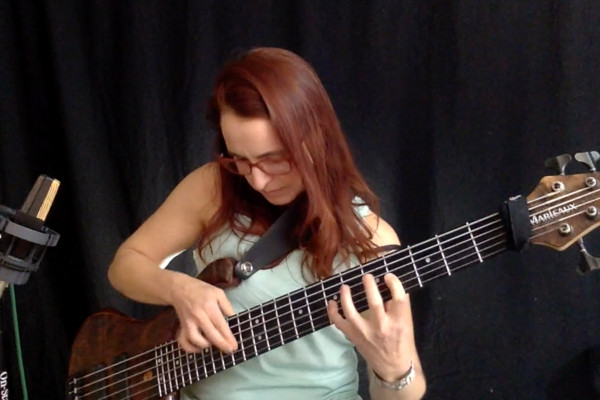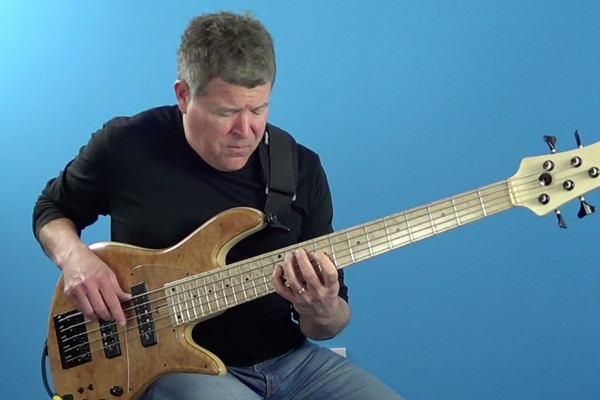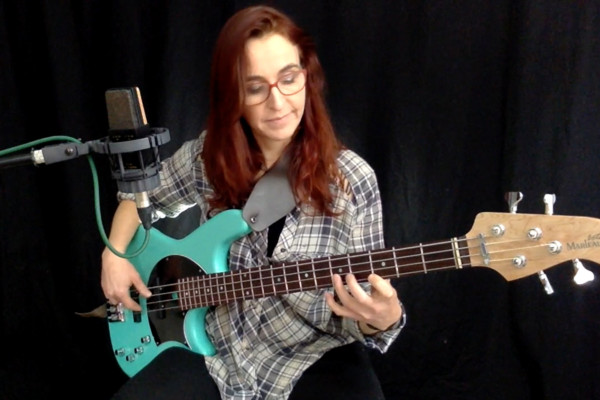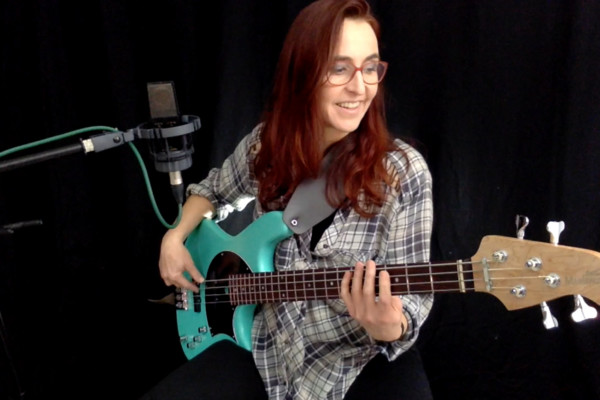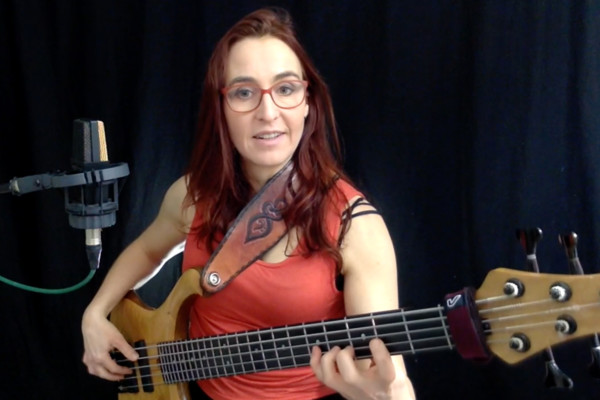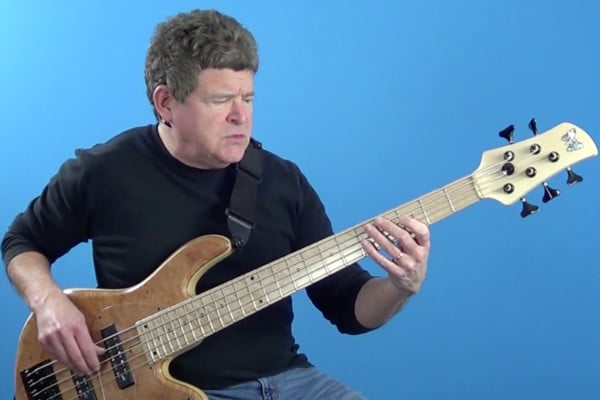Bass Lesson Archives - Page 6
Talking Technique: Groove Creation Workout
Want a formula to create grooves over a chord progression? We’ve got you covered in this lesson with an exercise that bolsters our technique while building grooves with triads. We’ll tackle a I-vi-IV-V chord progression using a formula that has two main ingredients: triad notes and rhythm. The triad notes are already laid out for us, but we can pick...
Advanced Bass: Groove Follow Ups
This challenging lesson outlines a musical tactic called “follow ups” to add to your groove tool box. We’ll go over some cool ways to create call and response follow up patterns using all of the components of music – helping you to play great lines over chords that will render tasteful musical ideas! Be sure to download the transcription for...
Creative Bass Lines: Melodic and Rhythmic Lines
For my first column here at No Treble, I thought it might be fun to demonstrate a few actual bass parts I have come up with for projects I have recorded. One of the things I enjoy in the playing of the bassists that have influenced me is the use of interesting melodic and rhythmic devices – more often than...
Advanced Bass: Increasing Technical Development
Playing with good time, develop sensitive dynamics, produce a solid tone and have the confidence to express interesting musical ideas on your bass is essential. It only makes common sense that developing a deeper bass guitar specific technical understanding and prowess is the essential path as an improvising bass player. In this lesson, we will cover some ground to gain...
Advanced Bass: Modern Rhythmic Concepts
Rhythmic phrasing is an often overlooked subject in bass guitar education, much of it left to chance and feel. However, the bass guitarist should become “rhythmic aware” as being an integral part of the rhythm section of a band. In this lesson I explain how to use rhythm as motific building blocks to develop your ideas – enabling you to...
Bass Lick Series: Cool Bluesy Bass Line with Fills in G
Here’s a new lick lesson for you, using a good fingering exercise with a Major Pentatonic scale. This is also great for practicing slides and hammer-ons. The fills are mostly Pentatonic, with added flat 3rd (B?) and flat 7th (F). The backing track is a one chord (G7) vamp, but you can transpose it and use it in many blues...
Talking Technique: Tapping into Tapping
Today we’re talking tapping! I get a lot of questions about tapping because of Oon, my duo with bassoonist Paul Hanson. I get to play chords, melodies, and grooves – sometimes at the same time. Tapping is a helpful technique to expand the possibilities of the bass, but it must be used with taste! Function comes first. This lesson will...
Advanced Bass: Stitt & Trane Blues
The Blues is one of the major building blocks for jazz and improvised music, making it a logical starting point for applying your improvisational concepts. The problem exists when people learn some concepts and then attempt to jam along with no specific goals in mind. This is a big mistake! In this lesson, we’ll cover just one of the stepping...
Talking Technique: Pedal to the Metal
Today’s lesson is all about building cool grooves using the pentatonic scale with pedal tones, a technique often found in heavy metal. We’ll use a G minor pentatonic scale in the first area of the bass (more on that in the video). To create the pedal effect, we’ll be playing the root of the scale in between each note. The...
Talking Technique: Killer Dead Note Grooves
Dead notes are percussive effects that can really liven up a groove. There are a variety of ways to create them, including left-hand muting, right-hand percussion, and left-hand percussion. For this lesson we examine how dead notes (and silence) affect the groove. As is often the case, a good way to begin practicing them is by utilizing scales. We’ll be...
Talking Technique: Tetrachord Workout
Similar to our last lesson, we’re working on exercises designed to shed your scales and build your technique at the same time. This time we’re focusing on tetrachords, which are four-note groups found within scales. You can also turn these exercises into speed training exercises by adding a few beats every time you play, but be sure not to go...
Advanced Bass: Anatomy of a Groove
What exactly is a groove? Aside from attempting to teach feel, which is predicated on stylistic interpretation and flight time on the bandstand, a groove is a repetitive idea – often organized into two, four or eight bar phrases that is based on the harmonic rhythmic and melodic content of a song. Often when coming up with an idea, bass...
